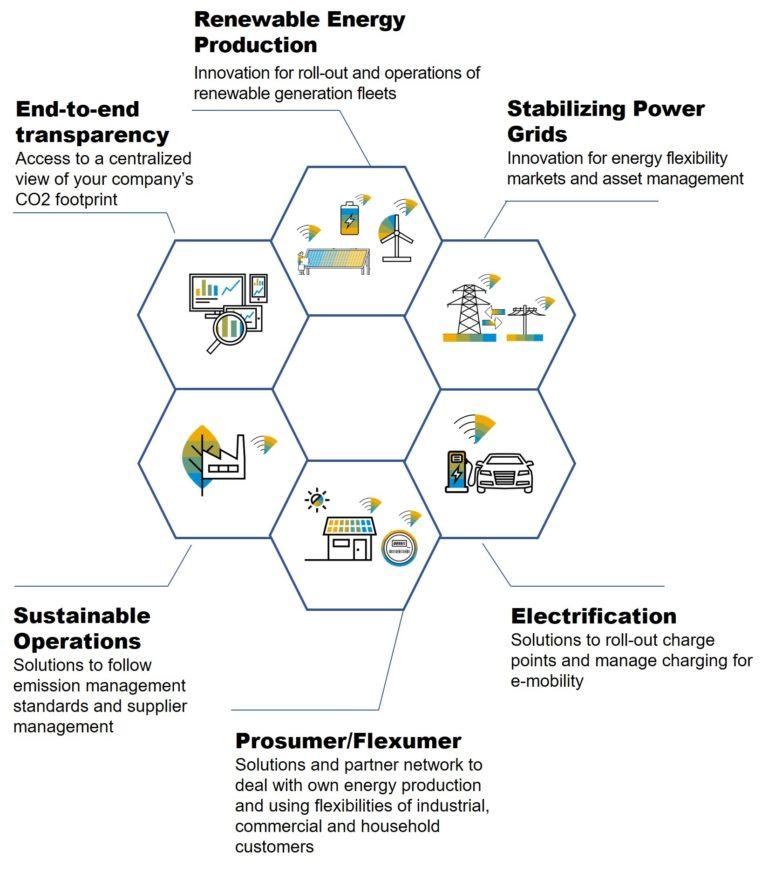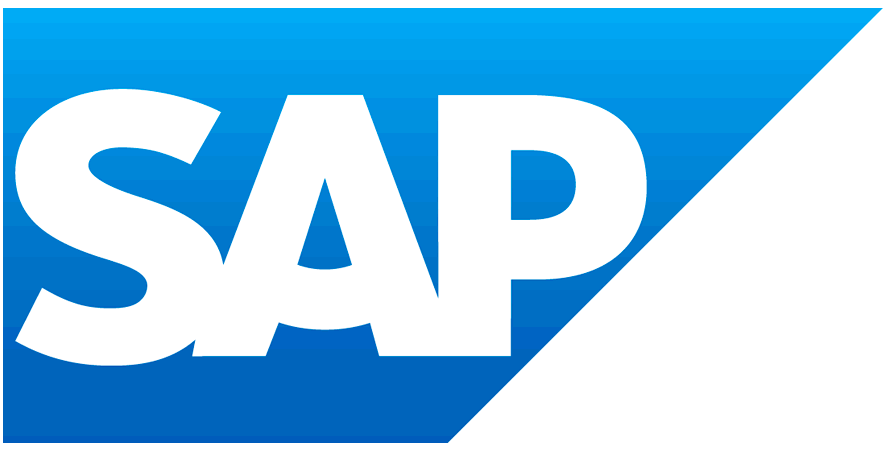SAP Supports Utilities Across the EU To Enable Energy Transition
Feature by Markus Bechmann

The energy crisis has two faces: the need for decarbonization in order to limit global temperature increase and rising highly volatile energy prices due to energy market turbulence caused by the war in Ukraine.
The need for decarbonization has been the driving force behind policies like the European Green Deal, while the Russian invasion led to additional policies like RePowerEU to phase out EU dependency on Russian fossil fuels.
The common solution to both crises would be to stop using fossil fuels and shift to renewable energy sources. It is therefore no surprise that renewable energies are the fastest growing source of energy, contributing half of the growth in global supplies and becoming the largest source of power by 2040.* In most regions, wind and solar are also the cheapest source of electricity generation, even without subsidies.**
Pressure to shift to renewables has been high for decades; the current crisis around exploding and volatile energy prices demands action in even shorter time frames.
In France, utility companies are allowed to reduce energy taxes in order to limit the increase of energy prices to a maximum of four percent. In Germany, the price cap for gas and energy — “Gas- und Strompreisbremse” — has been introduced to motivate citizens toward safe energy and to shield energy billing amount for gas, electricity, and district heating for 80% of their consumption the previous year.
“SAP works hand in hand with the German-speaking SAP User Group and other associations to make sure newly passed legislation gets integrated into our systems so that our customers can fulfill obligations toward their end customers” explains Daniela Sellmann, global vice president and head of the Utilities Industry Business Unit at SAP SE.
This shift to renewables also requires a growing number of decentralized energy resources (DER). Renewables like solar, wind, or bioenergy are largely generated by small local generation assets, which feed directly into the distribution grid. The intermittent nature of solar and wind causes challenges for the balancing of demand and supply in the power grids.
The demand side is also changing, with industrial, commercial, and household customers increasingly generating their own energy and becoming energy “flexumers” — generators, flexibility providers, and consumers of energy.
“This causes a shift in utilities’ business models, from pure selling of energy and water to becoming a full-service provider for energy flexumers,” says Sellmann.
Digital transformation is both an answer to the challenges of the energy transition and driver of new business models and services. This has been recognized in the EU with the creation of the Digitalization of Energy Action Plan. The action plan defines measures on how modern technologies can help improve the efficient use of energy resources, ease the integration of renewables into the grid, and save costs for EU consumers and energy companies.
As nearly everything becomes “smart,” utilities need a strategy on how to manage the avalanche of data coming from devices and other sources and use it to feed their intelligence. At SAP, we call this the intelligent enterprise, which is enabled by integration of data and processes and innovation with industry best practices. A cornerstone for this is the SAP Utilities Core solution.
“With SAP Utilities Core, we provide utilities with a proven platform to reliably run their core business processes like meter-to-cash in the cloud,” says Sellmann. “We are using intelligent technologies like machine learning to further automate core processes and increase efficiency. At the same time, we enable customers to drive innovation and increase speed and agility by leveraging SAP Business Technology Platform and the industry cloud with solutions like SAP Cloud for Energy for managing times series data from meters. Further, we leverage our partner ecosystem to fill white spaces and gaps as well as to scale spread and adoption.:
Utilities-specific innovation topics at SAP cover the entire utilities value chain: (see graphic above)
We are undoubtedly moving toward a cleaner and more independent energy future. One problem that remains: time.
For a more detailed view on the energy transition and the solutions SAP provides for it, see “Supporting Utilities in Times of Energy Crisis and Decarbonization.”
Markus Bechmann is vice president of the Utilities industry business unit and program lead for SAP Utilities Core at SAP.
*BP, BP Energy Outlook (2019), 7
** Michael O’boyle, Wind and Solar Are Our Cheapest Electricity Generation Sources. Now What Do We Do?, GREENTECH MEDIA, Jan. 26, 2017.

